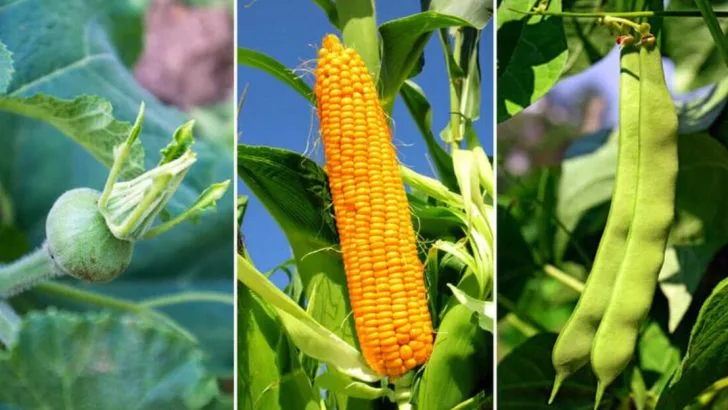Companion planting is one of the most natural and effective ways to create a healthier garden—without relying on chemicals or pesticides. By strategically placing certain plants together, you can help improve growth, boost flavors, reduce pests, and even enhance soil quality. It’s a win-win for both your plants and the environment!
Whether you’re growing vegetables, flowers, or herbs, understanding which plants work well together can optimize plant health and maximize harvests. For example, some plants can deter pests, while others can attract beneficial insects or provide much-needed shade. Companion planting takes the guesswork out of garden design, making it easier to create a balanced, thriving ecosystem.
In this ultimate guide, we’ll walk you through the best companion planting pairs and how to make them work for a healthier, more productive garden.
Tomatoes and Basil
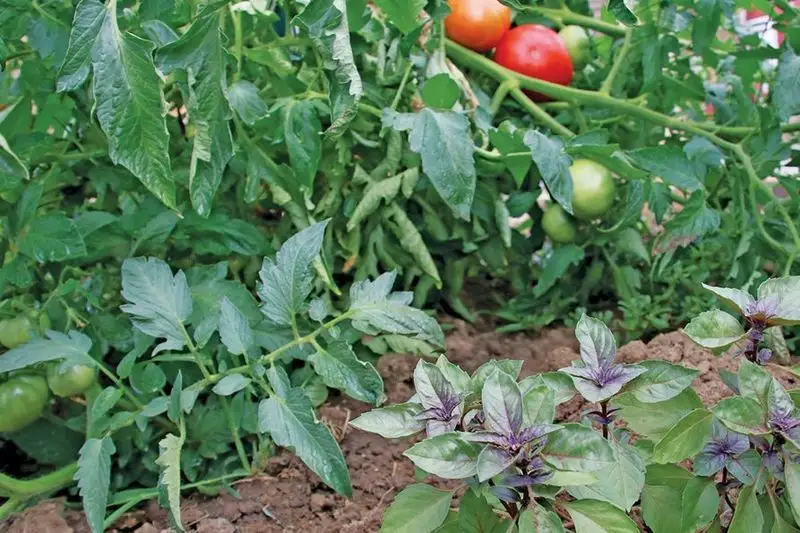
When tomatoes meet basil in the garden, the result is a match made in heaven. Basil not only enhances the flavor of tomatoes but also helps to repel insects like flies and mosquitoes. Planting these two together may lead to healthier tomatoes and a more aromatic garden.
The robust scent of basil serves as a natural deterrent for pests that often plague tomato plants. This partnership allows gardeners to enjoy a bountiful harvest with minimal pest intervention, making the tandem both practical and delightful.
A simple yet effective duo, this combination epitomizes the essence of companion planting.
Carrots and Onions
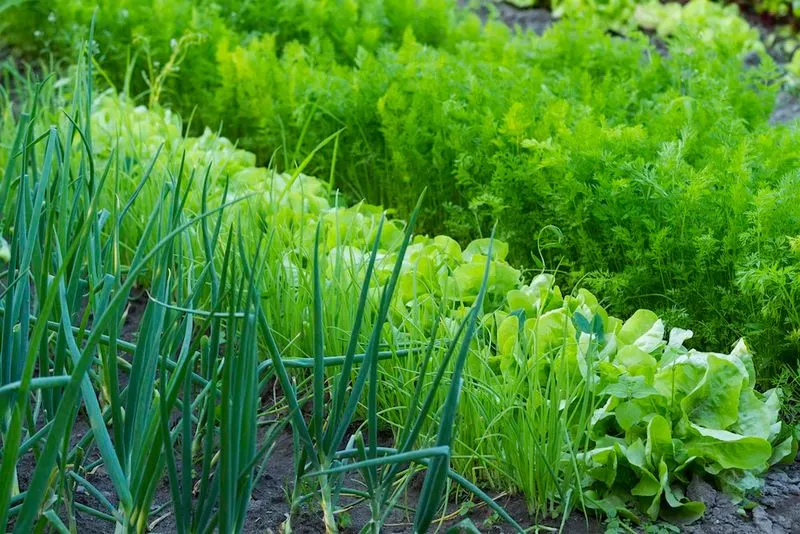
Carrots and onions make an excellent duo in the garden. Onions’ strong aroma acts as a deterrent to carrot flies, while carrots do not interfere with the growth of onions. This combination can lead to healthier plants and fewer pest issues.
Gardeners often find that growing these vegetables together maximizes space and minimizes maintenance. The earthy sweetness of carrots blends harmoniously with the pungency of onions, creating a flavorful harvest.
Cultivating these two side by side can significantly enhance your garden’s productivity and sustainability.
Corn, Beans, and Squash
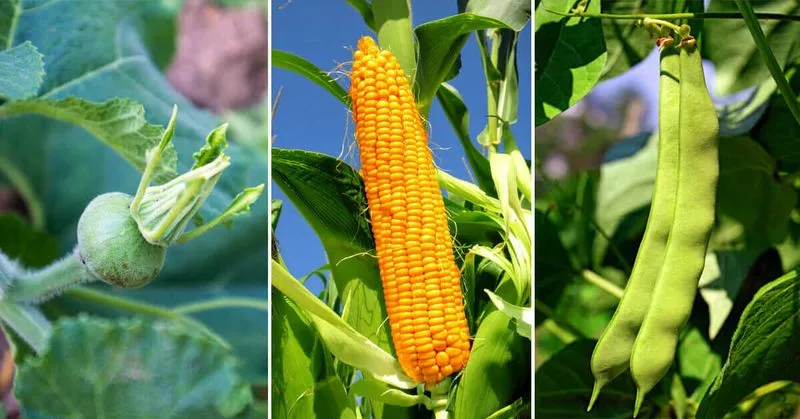
This classic trio, known as the “Three Sisters,” represents a symbiotic relationship. Corn provides a natural trellis for beans, which in turn enrich the soil with nitrogen. Squash spreads across the ground, suppressing weeds and retaining moisture.
Planting them together reflects centuries-old agricultural wisdom, offering an excellent way to optimize garden space and improve plant health.
The interdependence of these plants showcases the benefits of diversity in gardening, fostering a robust ecosystem within your plot.
Cabbage and Dill
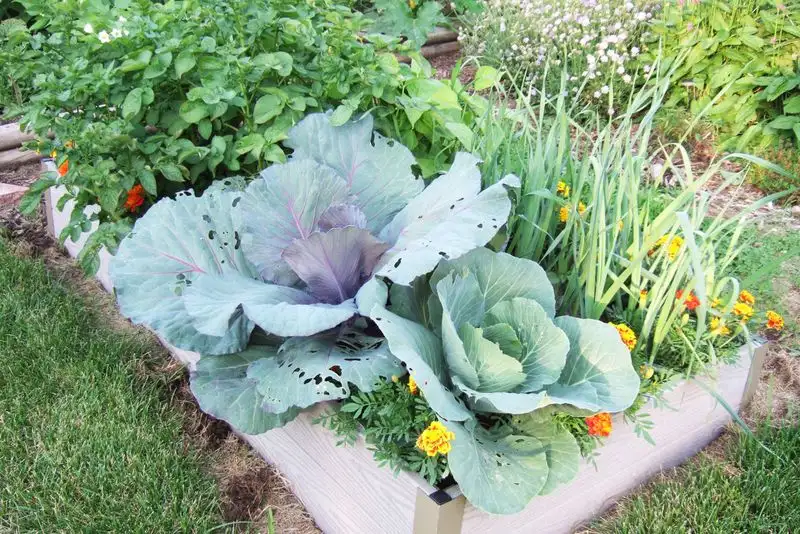
Cultivating cabbage alongside dill can be remarkably beneficial. Dill attracts beneficial insects like ladybugs and predatory wasps that naturally control cabbage pests.
While dill thrives, its feathery leaves don’t overshadow cabbage, allowing both to receive adequate sunlight. This partnership keeps your cabbage safe and your dill fragrant.
Together, they not only improve garden aesthetics but also enhance the flavor of meals, offering dual culinary delights for any gardener.
Radishes and Cucumbers
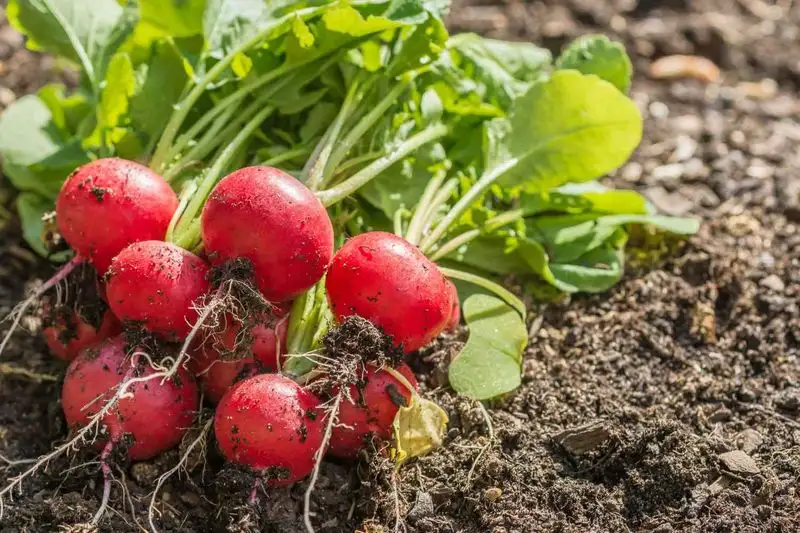
Radishes grow rapidly and can be harvested before cucumbers start sprawling, making them excellent partners. They deter cucumber beetles, protecting tender cucumber plants.
By planting them together, you ensure a quicker yield while safeguarding future harvests. The peppery crunch of radishes complements the coolness of cucumbers, enhancing summer salads.
This pairing not only optimizes garden space but also contributes to a continuous harvest cycle, reflecting strategic gardening at its best.
Lettuce and Marigolds
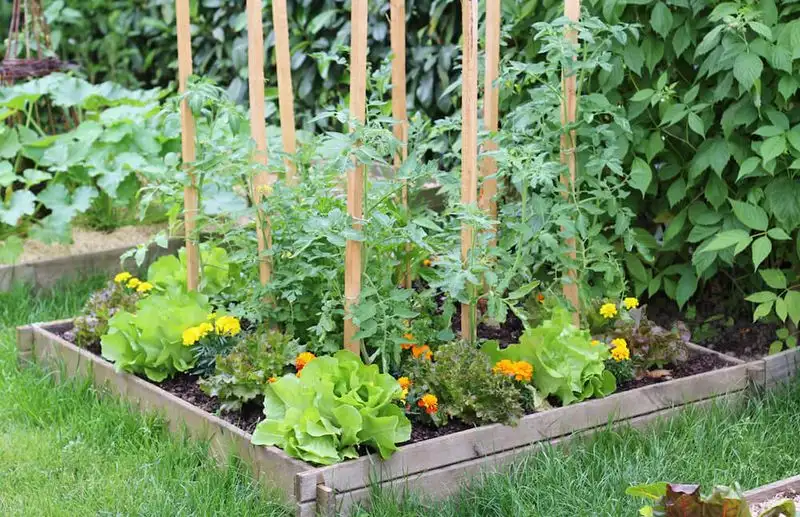
Lettuce and marigolds form a visually appealing and functionally effective garden combination. Marigolds deter aphids, nematodes, and other pests, offering a protective barrier for the lettuce.
Their bright blooms attract pollinators, enhancing biodiversity and promoting a thriving garden environment. Together, they reduce the need for chemical interventions, supporting organic gardening practices.
This partnership not only beautifies the garden but also contributes to a healthier, pest-free harvest, showcasing an organic approach to gardening.
Spinach and Strawberries
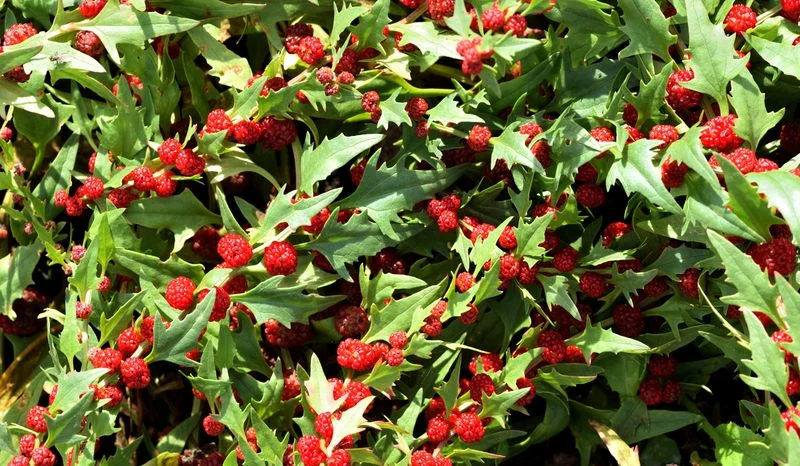
When spinach and strawberries share a garden bed, they offer mutual benefits. Spinach provides ground cover, suppressing weeds that compete with strawberries.
In return, strawberries offer shade to spinach, keeping it cool and extending its growing season. This combination can lead to a more productive garden space and a delightful mix of flavors.
Their symbiotic relationship serves as a testament to the power of thoughtful plant arrangements, highlighting the potential for increased garden efficiency and taste.
Peppers and Carrots
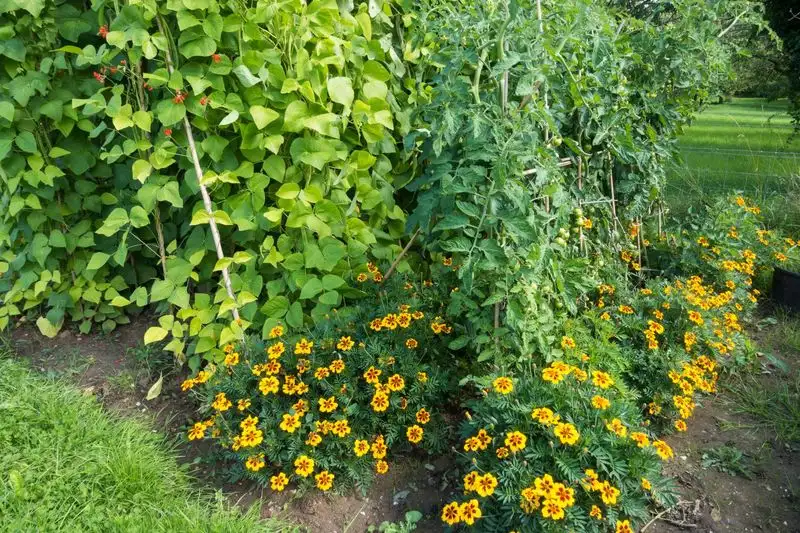
Peppers and carrots can coexist harmoniously in the garden. Peppers offer shade, protecting carrots from excessive heat, while carrots aerate the soil, promoting root health.
This duo maximizes space efficiency and supports robust plant development. The sweet crunch of carrots enhances the spicy notes of peppers, making them an excellent culinary combination.
This partnership reflects a strategic planting approach, optimizing both flavor and garden productivity.
Beans and Radishes
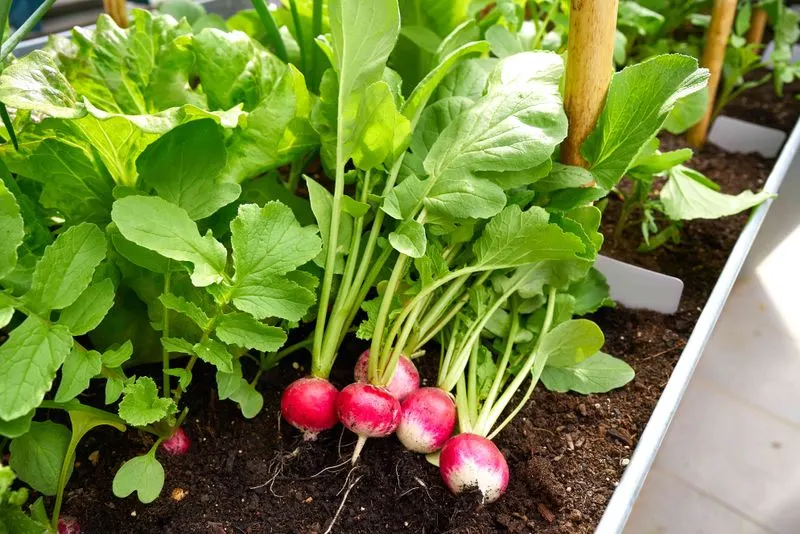
Beans and radishes complement one another beautifully. Beans enrich the soil with nitrogen, benefiting radishes’ rapid growth. Radishes, in turn, can deter pests that might trouble beans.
This partnership ensures a balanced and thriving garden ecosystem, promoting soil health and robust plant development.
Their growth cycles synergize well, offering a continuous harvest opportunity that appeals to both novice and experienced gardeners.
Beets and Garlic
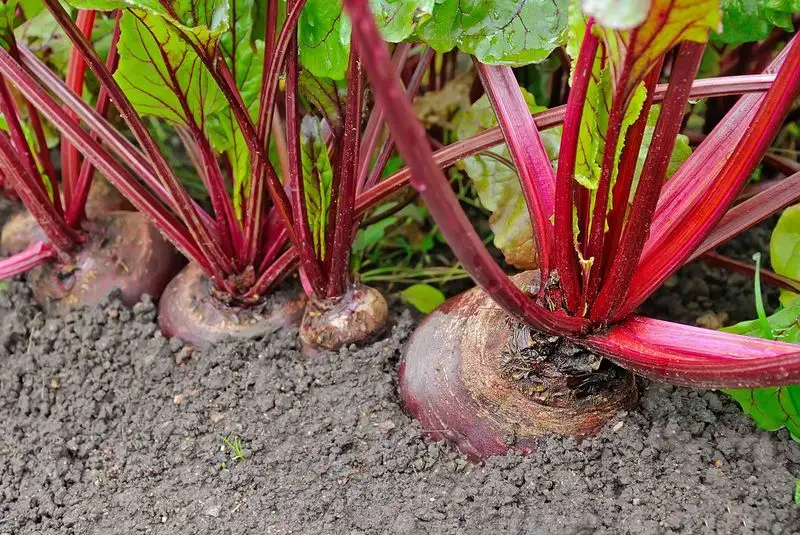
Beets and garlic come together to create a protective and productive garden duo. Garlic’s strong scent deters pests that might attack beets, while beets thrive without affecting garlic.
This combination encourages a healthier growing environment, reducing the need for pesticides. The earthy richness of beets perfectly complements the pungent flavor of garlic, offering wonderful culinary possibilities.
Together, they highlight the advantages of using aromatic plants as natural defenses in the garden.

